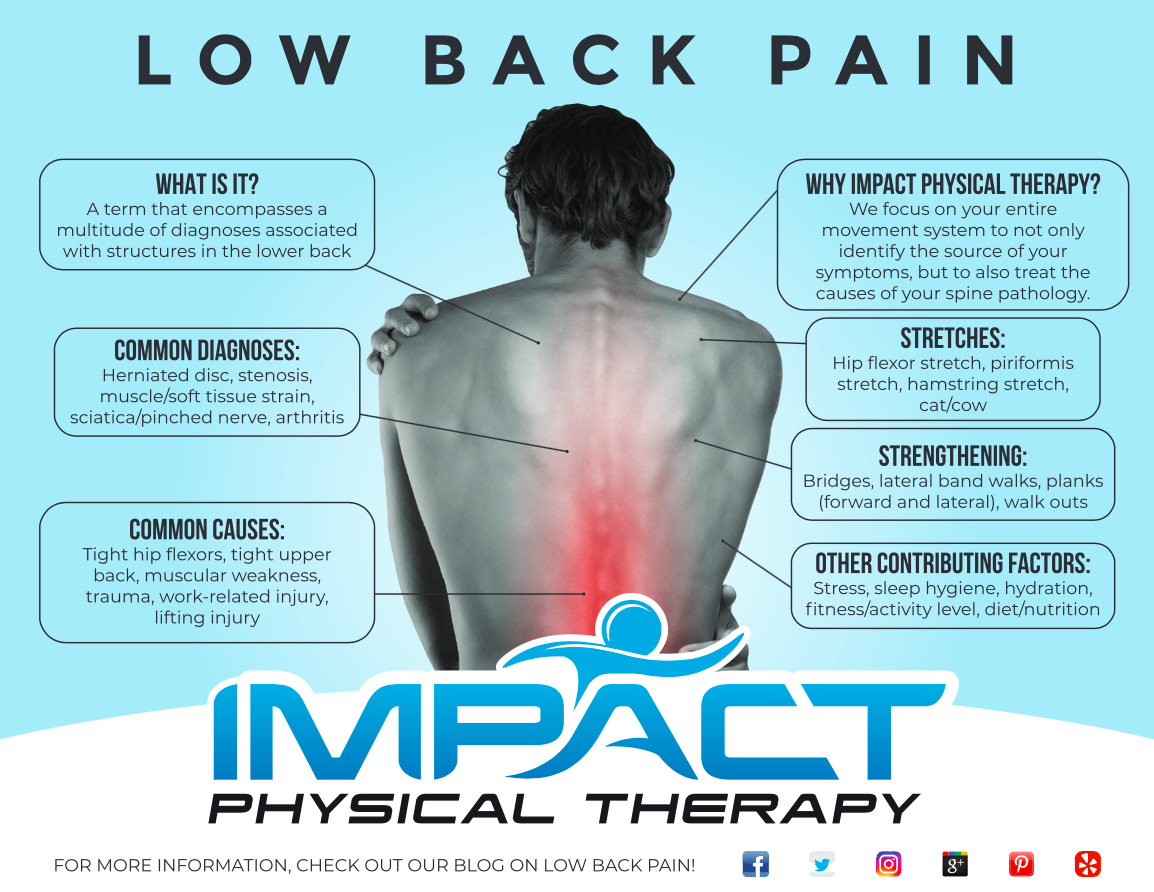Physical therapy is a essential field that plays a crucial role in assisting patients regain mobility, alleviate pain, and enhance their overall quality of life. Whether recovering from an injury, coping with a persistent condition, or seeking to boost your athletic performance, grasping the fundamentals of anatomy and how physical therapy works can enable you to take charge of your health. In this article, we will explore what physical therapy is and how it can benefit you far beyond just injury recovery.
Many people may not understand the wide-ranging applications of physical therapy, spanning from post-surgery rehabilitation to specialized care for conditions like arthritis and sciatica. As we delve into the various aspects of physical therapy, you will discover how it can assist in pain management, improve flexibility and mobility, and even help avoid future injuries. This beginner's guide aims to provide you with essential insights into when and why you might think about physical therapy, along with tips on what to anticipate during your first appointment. If you're a seasoned athlete or a person looking to enhance your daily living, physical therapy has something to offer everyone.
Introduction to Physiotherapy
Physical therapy is a medical field that centers around the assessment, therapy, and management of movement-related issues. It plays a essential role in assisting individuals improve their mobility, alleviate pain, and improve their overall physical function. Through a mix of therapeutic exercises, hands-on therapies, and educational resources, physical therapists aim to restore and maximize a person's movement capabilities, often after injuries or surgical procedures.
Many people connect physical therapy primarily with rehabilitation from injuries, but its reach extends well further. Physical therapists also work with individuals experiencing long-term pain, older adult challenges, and difficulty in moving. By addressing these concerns, physical therapy can significantly enhance quality of life, enabling everyday activities and encouraging long-term health and wellness.
As you delve deeper into the world of physical therapy, you will find various specialties, such as pediatric therapy for children, geriatric therapy for seniors, and athletic therapy for athletes. physical therapist near me of these areas customizes treatment approaches to meet particular needs, ensuring that patients receive customized care that supports recovery and improvements in movement quality.
Benefits of Physical Therapy
Physiotherapy treatment offers a diverse assortment of benefits that can significantly enhance your quality of life. One of the most significant advantages is pain management. Through focused activities, hands-on therapy, and instruction, physical therapists assist individuals ease pain and lessen reliance on drugs. Patients often report ease from conditions such as arthritis, spinal discomfort, and post-surgical discomfort, allowing them to engage more fully in everyday life.
An additional key benefit of physical therapy is its role in improving movement and adaptability. As people age or recover from an injury, they may find their movements restricted. Physical therapists design tailored exercise programs that support physical strength, flexibility, and balance, ensuring a smoother recovery process and improving overall capability. Improved mobility not only helps in recovery but also adds to enhanced independence and self-assurance in performing routine activities.
Additionally, physical therapy is vital in the prevention of injuries and restoration. By recognizing risk factors and teaching patients proper body mechanics, therapists support minimize the chance of upcoming injuries. This is particularly important for active individuals and active individuals, as physical therapy can boost performance by building specific muscle groups and improving total body coordination. Taking part in routine physical therapy sessions can lead to long-term health benefits, making it a beneficial investment in one's health.

Therapeutic Exercise Techniques and Approaches
Therapeutic practices utilizes a range of methods to treat various conditions and enhance overall movement and function. Hands-on therapy is a key method, where therapists use their hands to mobilize muscles and joints to relieve pain and enhance mobility. This method can improve circulation, lessen discomfort, and enhance tissue flexibility. Additionally, modalities like ultrasound and electrical stimulation are employed to aid healing by stimulating tissues and providing pain relief.
Exercise therapy is fundamental to physical therapy, focusing on specific exercises designed to fortify muscles, enhance flexibility, and restore function. Tailored exercise programs allow patients to get involved in activities that progressively advance in intensity and complexity, promoting rehabilitation and preventing future injuries. Whether it's rebuilding strength after surgery or tackling chronic conditions, exercise therapy plays a crucial role in recovery and maintaining a healthy lifestyle.
Instruction and advice are also crucial components of physical therapy. Therapists help patients in grasping their conditions and teach them how to perform daily activities safely and effectively. Strategies for enhancing posture, ergonomics, and self-management techniques allow individuals to take control of their health. By integrating these approaches, physical therapy helps individuals from athletes to seniors regain strength, mobility, and overall quality of life.
